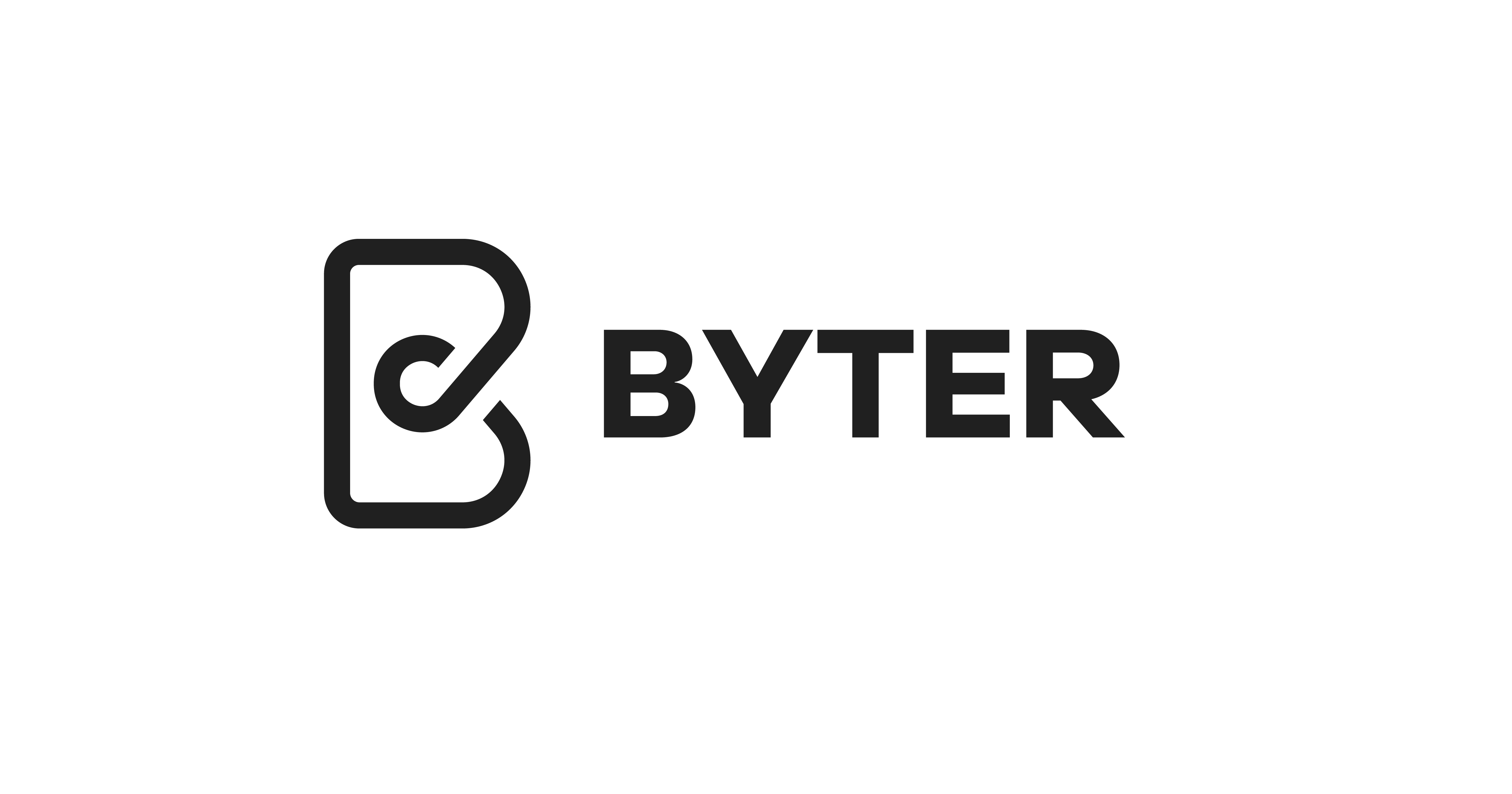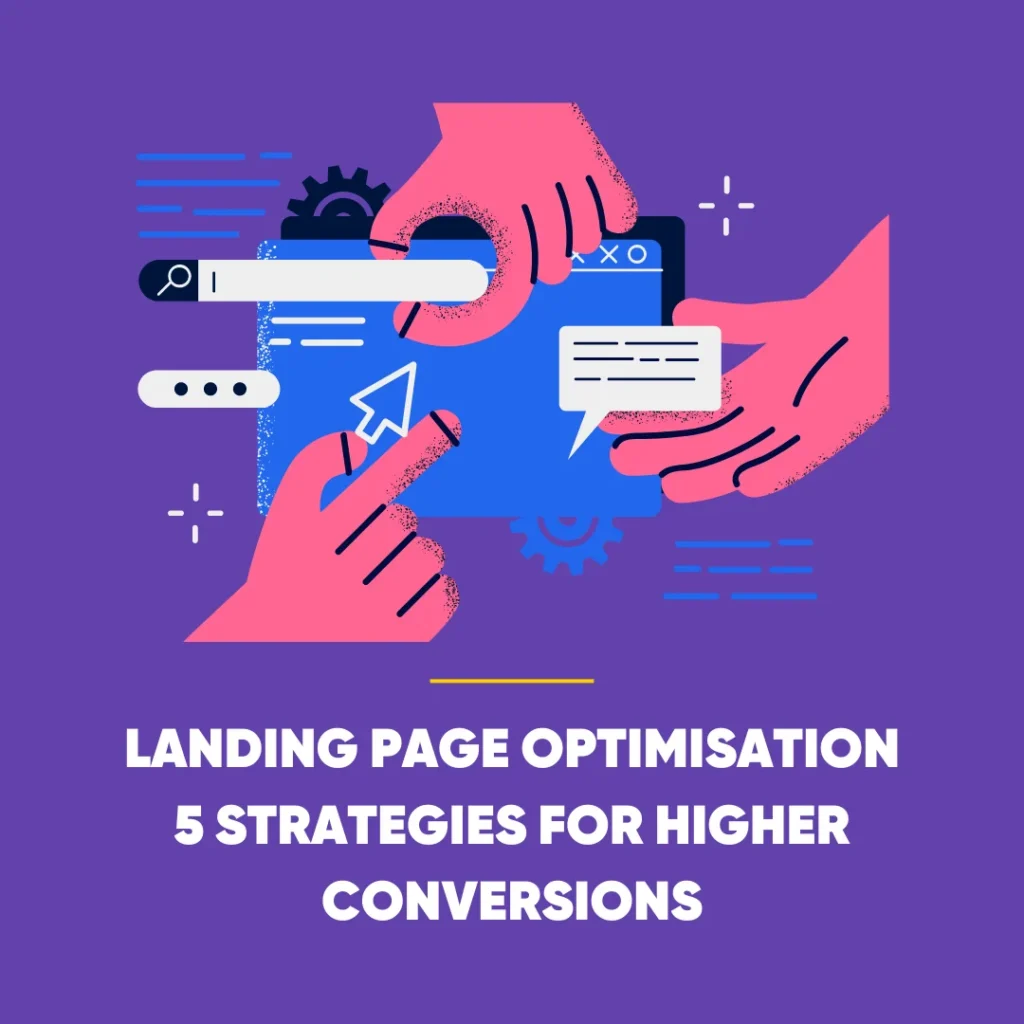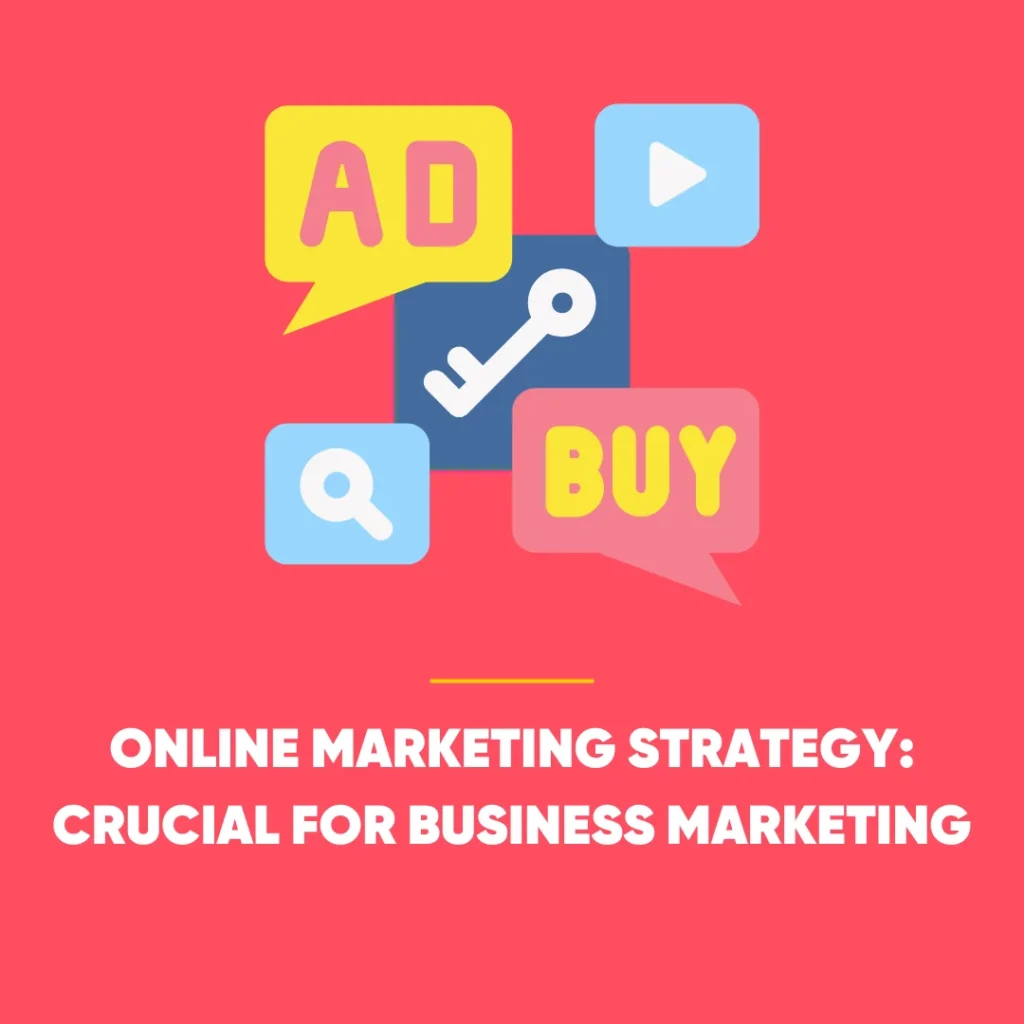Harnessing User Generated Content (UGC) has become increasingly important in recent years as brands recognize its power for promotion and engagement. UGC refers to content created by individuals who are not professionally affiliated with a brand, including customer reviews, social media posts, photos, videos, and blog articles. By leveraging UGC, brands can tap into the authentic experiences and opinions of their customers, building trust and fostering meaningful connections.
Definition of User-Generated Content
User-generated content, often abbreviated as UGC, is content created by consumers or users of a product or service. It is generated voluntarily and reflects the experiences, opinions, and creativity of individuals rather than being produced by the brand itself. This content is usually shared publicly on social media platforms, review websites, forums, or other online channels.
The Importance of UGC for Brand Promotion: Harnessing Customer Advocacy
User-generated content plays a vital role in brand promotion due to several key factors. Firstly, Harnessing User Generated Content provides an authentic and trustworthy representation of the brand. Consumers tend to trust content created by their peers rather than traditional advertising. UGC acts as social proof, influencing potential customers’ buying decisions and building brand credibility.
Furthermore, leveraging user-generated content is a cost-effective marketing strategy. Brands can tap into the creativity of their customers without investing significant resources in content creation. UGC also enhances brand engagement and loyalty by involving customers in the brand narrative. It fosters a sense of community, encouraging customers to actively participate and become brand advocates.
In addition, user-generated content provides valuable insights and feedback from customers. Brands can gain a deeper understanding of their target audience’s preferences, needs, and pain points. This information can inform product development, marketing campaigns, and overall brand strategy.
Benefits of Leveraging User-Generated Content
User-generated content (UGC) offers several significant benefits for brands. By incorporating UGC into their marketing strategies, brands can enhance authenticity and trust, enjoy cost-effective promotional efforts, boost engagement and loyalty, and gain valuable insights and feedback from customers.
Increased Brand Authenticity and Trust through UGC
User-generated content provides an authentic representation of a brand’s products or services. When customers share their experiences, opinions, and recommendations through UGC, it adds credibility and trust to the brand. Consumers perceive UGC as genuine and reliable, which increases their confidence in the brand. By showcasing UGC, brands can build a stronger connection with their target audience, fostering a sense of authenticity and transparency.
Cost-Effective Marketing Strategy: Leveraging UGC’s Potential
Leveraging user-generated content is a cost-effective marketing approach. Brands can harness the creativity and advocacy of their customers without investing substantial resources in content creation. Instead of solely relying on traditional advertising methods, Harnessing User Generated Content allows brands to tap into the power of their existing customer base. This not only saves costs but also increases the reach and impact of marketing efforts.
Enhanced Brand Engagement and Loyalty
User-generated content encourages active participation from customers, leading to increased brand engagement and loyalty. When customers contribute their own content, such as sharing product reviews, creating social media posts, or participating in contests, they become invested in the brand. This engagement fosters a sense of community, strengthening the relationship between the brand and its customers. By involving customers in the brand narrative, UGC deepens brand loyalty and encourages repeat purchases.
Valuable Insights and Feedback from Customers through UGC
By leveraging user-generated content, brands gain access to valuable insights and feedback from their customers. UGC provides a platform for customers to express their opinions, preferences, and experiences directly. Brands can gather this information to understand customer needs, identify areas for improvement, and refine their products or services. The feedback obtained from UGC helps brands make informed decisions, develop customer-centric strategies, and enhance overall customer satisfaction.
User-generated content (UGC) brings several significant benefits to brands. By incorporating UGC into their marketing strategies, brands can enhance authenticity and trust, enjoy a cost-effective promotional approach, boost engagement and loyalty, and gain valuable insights and feedback from customers.
Identifying and encouraging user-generated content
To leverage user-generated content (UGC) effectively for brand promotion, it is essential to identify opportunities and encourage customers to create Harnessing User Generated Content. This involves monitoring social media platforms and online communities, engaging with customers to foster a sense of community, running contests and campaigns to motivate UGC creation, and utilizing hashtags and mentions for content discovery.
Monitoring Social Media Platforms and Online Communities
Monitoring social media platforms and online communities allows brands to stay updated with UGC related to their products or services. Furthermore, by actively tracking mentions, tags, and discussions, brands can identify valuable content created by customers. This monitoring process enables brands to find UGC organically, engage with customers, and gather insights into their experiences.
Engaging with Customers and Fostering a Sense of Community through UGC
Engaging with customers is crucial for fostering a sense of community and encouraging UGC creation. For instance, brands can respond to customer comments, reviews, and messages, demonstrating their commitment to customer satisfaction. Therefore, by actively participating in conversations and building relationships, brands can motivate customers to share their experiences and contribute UGC willingly.
Running Contests and Campaigns to Motivate UGC Creation: Encouraging Participation
Running contests and campaigns is an effective way to incentivize customers to create UGC. By offering rewards, discounts, or recognition, brands can motivate customers to share their content. Contests and campaigns can be themed around specific Harnessing User Generated Content categories, such as photos, videos, or testimonials, encouraging customers to showcase their creativity and enthusiasm.
Utilizing Hashtags and Mentions to Facilitate Content Discovery in UGC
Utilizing hashtags and mentions helps brands discover UGC created by customers and encourages others to contribute. By creating unique and relevant hashtags, brands can facilitate content discovery and make it easier for customers to tag their content. Additionally, mentioning and tagging customers in brand posts and promotions acknowledges their contribution and encourages further engagement.
Guidelines for leveraging user-generated content effectively
When leveraging user-generated content (UGC) for brand promotion, it is crucial to follow certain guidelines to ensure a successful and ethical approach. These guidelines include seeking permission and giving proper credit to content creators, ensuring alignment with brand values and messaging, maintaining quality control while preserving authenticity, and regularly updating and featuring UGC on brand channels.
Seeking Permission and Giving Proper Credit to Content Creators
Respecting content creators’ rights is essential when using UGC. Brands should seek permission from content creators before featuring their UGC on brand channels. This can be done through direct communication, seeking consent through comment or message, or utilizing UGC platforms that facilitate permission management. Additionally, it is vital to give proper credit to content creators by mentioning their usernames or handles and acknowledging their contribution.
Ensuring Alignment with Brand Values and Messaging in UGC
When selecting UGC to feature, brands should ensure that it aligns with their brand values and messaging. The content should reflect the brand’s image, tone, and objectives. All in all, by curating UGC that resonates with the brand’s identity, brands maintain consistency and strengthen their brand positioning.
Maintain Quality Control While Preserving Authenticity
While leveraging UGC, brands should maintain quality control to ensure that the content meets their standards. This can involve reviewing the content for relevance, accuracy, and appropriateness. However, it is important to strike a balance between quality control and preserving the authenticity of Harnessing User Generated Content. Minor imperfections and variations in style or presentation should be accepted to retain the genuine and organic nature of the content.
Regularly Update and Feature UGC on Brand Channels: Sustaining Engagement
To keep UGC campaigns fresh and engaging, brands should regularly update and feature UGC on their brand channels. This demonstrates appreciation for customer contributions and encourages continued engagement. By showcasing a variety of UGC, brands can highlight different perspectives and experiences, creating a diverse and captivating UGC portfolio.
Showcasing User-Generated Content
To fully leverage user-generated content (UGC) for brand promotion, it is important to utilize UGC across various platforms and channels. Specifically, this can be achieved by incorporating UGC on social media platforms and websites, integrating UGC in advertising and promotional materials, collaborating with influencers to amplify UGC reach, and creating user-generated content galleries or testimonials.
Utilizing UGC on Social Media Platforms and Websites: Expanding Reach
Social media platforms and websites provide an ideal space to showcase UGC. Brands can create dedicated sections or feeds where UGC is prominently displayed. By encouraging customers to tag the brand and use relevant hashtags, brands can easily collect and curate UGC for sharing. Additionally, featuring UGC on product pages or testimonials sections on websites helps build trust and authenticity.
Incorporating UGC in Advertising and Promotional Materials: Capturing Authenticity
Integrating UGC into advertising and promotional materials adds a powerful element of social proof. Brands can include customer reviews, photos, or videos in their print ads, digital banners, or even television commercials. By featuring UGC in advertising, brands can leverage the credibility and relatability of real customers to influence potential buyers.
Collaborating with Influencers to Amplify UGC Reach: Maximizing UGC Impact
Collaborating with influencers allows brands to amplify the reach of UGC. Influencers can create content featuring the brand’s products or services and share it with their own audience. This collaboration not only expands the UGC reach but also adds an element of influencer endorsement, increasing the impact of the UGC and reaching a wider audience.
Creating User-Generated Content Galleries or Testimonials: Showcasing Customer Contributions
Brands can create dedicated UGC galleries or testimonials sections on their websites to showcase the contributions of their customers. These galleries can be organized by category or theme, making it easier for visitors to explore and engage with UGC. Testimonials, in the form of written reviews or video testimonials, can provide social proof and influence potential customers.
Measuring and Analysing the Impact of User-Generated Content
To ensure the effectiveness of user-generated content (UGC) campaigns, it is essential to track and analyze relevant metrics, conduct sentiment analysis, compare UGC performance with other marketing strategies, and iterate and optimize UGC campaigns based on data insights. These practices help brands measure the impact of UGC, understand customer sentiments, evaluate UGC’s performance, and continuously improve UGC campaigns.
Tracking Metrics: Measuring Engagement, Reach, and Conversions of UGC
Tracking metrics such as engagement, reach, and conversions allows brands to assess the effectiveness of UGC campaigns. Furthermore, by monitoring the number of likes, shares, comments, and views, brands can gauge the level of engagement generated by UGC. Additionally, tracking reach metrics provides insights into the audience reached through UGC. Conversion metrics, such as click-through rates or sales attributed to UGC, help measure UGC’s impact on driving desired actions.
Conducting Sentiment Analysis and Gathering Customer Feedback from UGC
Conducting sentiment analysis and gathering customer feedback helps brands understand how customers perceive and respond to UGC. By analysing the sentiment of comments, reviews, or social media interactions related to UGC, brands can assess the overall sentiment towards their products or services. Gathering customer feedback through surveys or direct communication allows brands to gain deeper insights into customer experiences and preferences related to UGC.
Maximizing UGC Impact: Comparing UGC Performance with Other Marketing Strategies
Additionally, comparing the performance of UGC with other marketing strategies provides valuable insights into its effectiveness. Brands can analyse the performance metrics of UGC campaigns alongside other marketing channels or campaigns to evaluate their relative impact. This comparison helps brands identify the strengths and weaknesses of UGC and make informed decisions about resource allocation and future marketing strategies.
Iterating and Optimizing UGC Campaigns: Maximizing Data Insights
Additionally, utilizing data insights, brands can iterate and optimize UGC campaigns for better results. By identifying trends, patterns, and correlations in the data, brands can make data-driven decisions to enhance UGC performance. This can involve adjusting content strategies, targeting specific audience segments, or refining the UGC selection process. To summarise, continuously iterating and optimizing UGC campaigns based on data insights ensures ongoing improvement and maximizes the impact of UGC.
Best Practices and Examples of Successful UGC Campaigns
To further enhance brand promotion, leveraging user-generated content (UGC) can be a powerful strategy. By incorporating storytelling and emotional connections, encouraging user reviews and testimonials, collaborating with influencers and brand advocates, and incorporating UGC in product development and innovation, brands can amplify their reach, build trust, and foster meaningful connections with their audience.
Maximizing UGC Impact: Leveraging Storytelling and Emotional Connections
Storytelling is a compelling way to engage customers and create emotional connections. Brands can encourage customers to share their personal stories and experiences related to the brand, product, or service. By showcasing these stories through UGC, brands can tap into the power of relatable narratives that evoke emotions and resonate with their target audience.
Encouraging User Reviews and Testimonials: Maximizing UGC Impact
User reviews and testimonials are valuable forms of UGC that influence purchasing decisions. Specifically, brands can actively encourage customers to leave reviews and share testimonials about their experiences. By featuring these authentic opinions and feedback on websites, social media, or product pages, brands can establish credibility, build trust, and showcase the benefits of their offerings.
Maximizing UGC Impact: Collaborating with Influencers and Brand Advocates
Collaborating with influencers and brand advocates expands the reach and impact of UGC. For example, influencers and brand advocates can create and share UGC that aligns with the brand’s messaging and values. Their endorsement and genuine enthusiasm can attract new audiences, generate engagement, and increase brand visibility.
Incorporating UGC in Product Development and Innovation: Harnessing Customer Ideas
Incorporating UGC in product development and innovation fosters a customer-centric approach. Furthermore, brands can gather insights and ideas from UGC to enhance existing products or develop new ones. By listening to customer feedback and preferences expressed through UGC, brands can tailor their offerings to meet the evolving needs and desires of their target audience.
Potential Challenges and How to Overcome them
Managing user-generated content (UGC) effectively requires addressing legal compliance and copyright issues, handling negative or inappropriate UGC, managing a large volume of UGC, and adapting UGC strategies to evolving social media trends. By implementing best practices in these areas, brands can maintain a safe and engaging environment for UGC while protecting their reputation and complying with legal requirements.
Maintaining Legal Compliance and Copyright Issues in UGC
When leveraging UGC, brands must ensure legal compliance and address copyright issues. This involves obtaining proper permissions from content creators, respecting intellectual property rights, and adhering to relevant laws and regulations. By seeking explicit consent and clearly stating usage rights, brands can mitigate potential legal risks and protect themselves from copyright infringement claims.
Dealing with Negative or Inappropriate UGC: Ensuring Successful Content Management
Brands may encounter negative or inappropriate UGC that can harm their reputation. It is essential to have a clear strategy in place to handle such content promptly and effectively. For instance, this may involve moderating UGC, establishing content guidelines, and responding to negative or inappropriate UGC in a professional and timely manner. By maintaining a proactive approach and addressing issues promptly, brands can maintain a positive brand image and foster a safe and respectful UGC community.
Managing a Large Volume of UGC Effectively
As UGC campaigns grow in popularity, managing a large volume of content becomes crucial. Brands should implement efficient content management systems and tools to organize, curate, and review UGC effectively. In addition, automation and filtering mechanisms can help identify high-quality content, while dedicated teams or content moderators can ensure consistent monitoring and engagement. By implementing effective content management strategies, brands can streamline the process of handling and showcasing UGC.
Adapting UGC Strategies to Evolving Social Media Trends
Additionally, social media trends and platforms are constantly evolving, and brands must adapt their UGC strategies accordingly. Staying up to date with the latest trends, emerging platforms, and changing user preferences allows brands to reach their target audience effectively. As a result, by monitoring social media trends, exploring new UGC formats, and optimizing content for different platforms, brands can maintain relevance and maximize the impact of UGC campaigns.
Conclusion
In conclusion, user-generated content (UGC) offers numerous benefits for brands, including increased authenticity, cost-effectiveness, enhanced engagement, and valuable customer insights. To fully leverage these advantages, it is crucial to have a well-planned and executed UGC strategy. By implementing UGC effectively, brands can tap into the creativity and loyalty of their customers, foster brand growth, and establish a strong online presence.
Recap of the Benefits of Leveraging User-Generated Content
Leveraging UGC brings a range of benefits for brands. Firstly, it enhances brand authenticity and trust by showcasing real experiences and opinions from customers. This builds credibility and fosters stronger connections with the audience. Secondly, UGC serves as a cost-effective marketing strategy, allowing brands to leverage the creativity and content generation of their customers, reducing the need for expensive in-house production. Thirdly, UGC enhances brand engagement and loyalty by encouraging active participation and collaboration with customers. Finally, UGC provides valuable insights and feedback from customers, enabling brands to gain a deeper understanding of their target audience and make informed business decisions.
Maximizing UGC Impact: The Importance of a Well-Planned and Executed UGC Strategy
Having a well-planned and executed UGC strategy is essential for maximizing the benefits of UGC. It involves setting clear goals and objectives, identifying target audiences, selecting appropriate UGC platforms, and defining guidelines for content creation and sharing. Furthermore, a strategic approach ensures that UGC aligns with brand values and messaging, maintains quality control, and adheres to legal and ethical standards. In summary, a thoughtfully crafted strategy allows brands to effectively engage with customers, amplify their reach, and build a thriving UGC community.
Encouraging Brand Growth through Harnessing User Generated Content
For brands looking to enhance their growth and online presence, starting to utilize UGC is highly recommended. By embracing Harnessing User Generated Content, brands can tap into the power of their customers’ voices, fostering stronger connections and expanding their reach. Moreover, encouraging customers to share their experiences, feedback, and creativity can lead to increased brand visibility, advocacy, and loyalty. In fact, brands can start small by running UGC campaigns, incorporating customer testimonials, or initiating collaborations with influencers. With a well-planned strategy and effective execution, brands can unlock the full potential of UGC. This enables them to propel their growth in the digital landscape.
In conclusion, leveraging user-generated content offers significant benefits for brand growth. By recapping the advantages of UGC, emphasizing the importance of a well-planned strategy, and encouraging brands to start utilizing UGC, it becomes clear that embracing UGC can be a game-changer in today’s digital world. Brands that harness the power of UGC effectively will be able to forge stronger relationships with their customers, amplify their brand message, and drive sustainable growth.
Find out more about what’s happening within the digital marketing in our blog column.
















